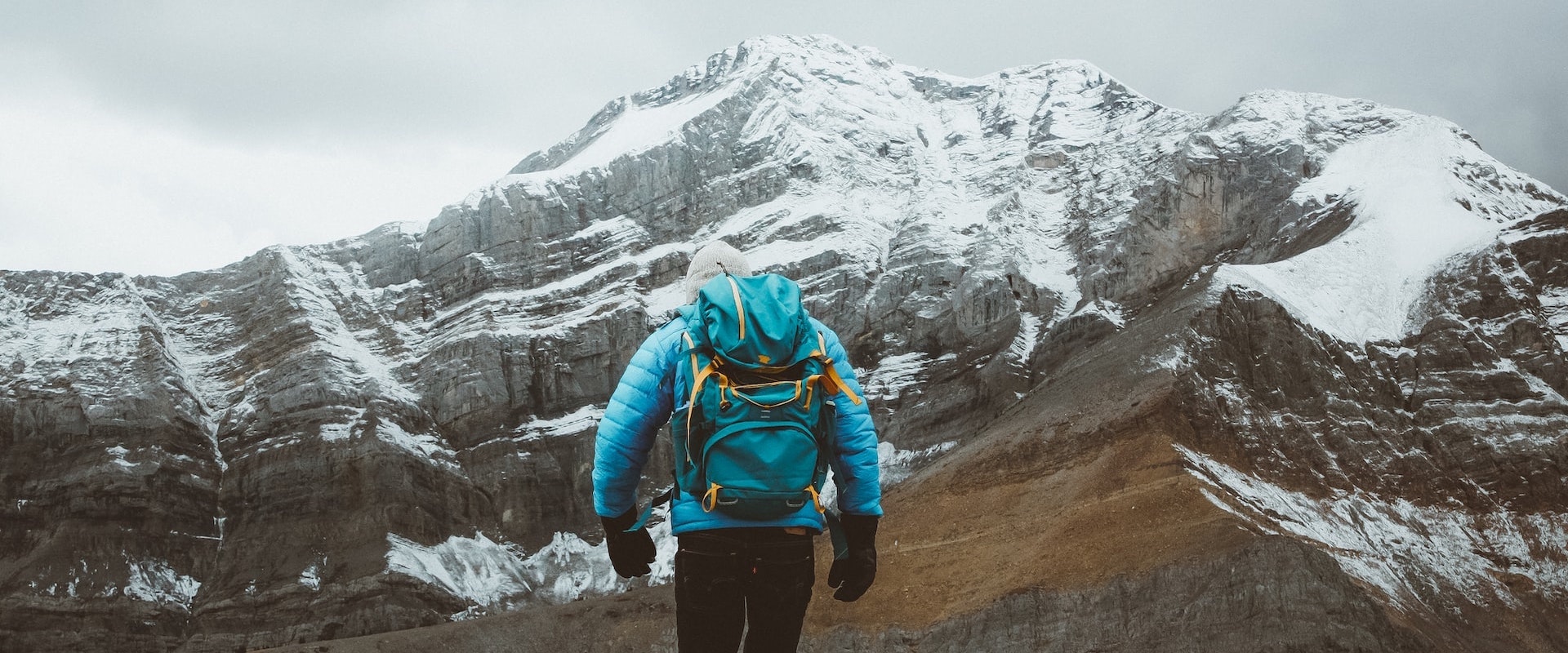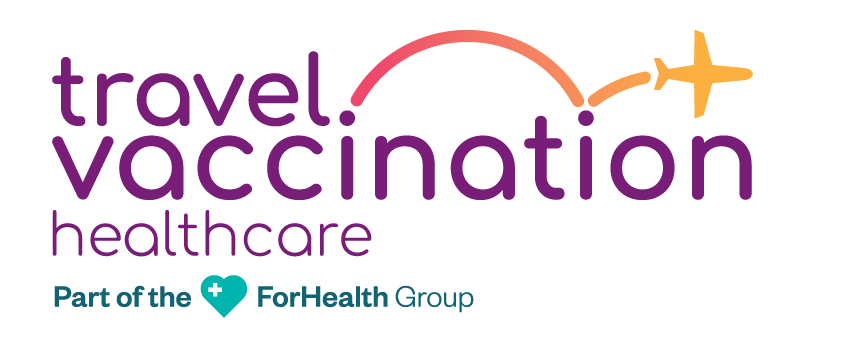What is Altitude Sickness?
“Altitude Sickness” refers to the group of illnesses due to exposure to high altitude and anyone ascending to altitudes over 2450 metres is at risk. Age and fitness play only a minor role. The incidence and severity of illness increases with altitude and the symptoms largely reflect the various organs response to inadequate oxygen supply. In general, the chance of developing AS is 10% at an altitude of 2300m, 40% at 3000m and 70% in rapid ascent to 4500m.
Acute Mountain Sickness (AMS)
The commonest form is known as Acute Mountain Sickness, AMS. The main systems affected are the lungs and the brain and the symptoms of mild AMS typically include headache, nausea, loss of appetite, poor sleep and poor concentration or just a general feeling of being unwell –much like a flu or hangover. These symptoms can take a few hours to a few days to develop and serve as an important warning to rest at the same altitude for 24-48 hours.
Severe Altitude Sickness
Severe AS can be fatal. There are two forms:
HAPE (High Altitude Pulmonary Oedema) often occurs on the second night after ascent to altitude and can affect 3% of travellers ascending above 3000m. Symptoms include shortness of breath, a cough and blood stained sputum.
HACE (High Altitude Cerebral Oedema) usually presents several days after onset of AMS and is very uncommon at <3000m. It is characterised by ataxia, confusion and unusual behaviour and can lead to coma and death.

